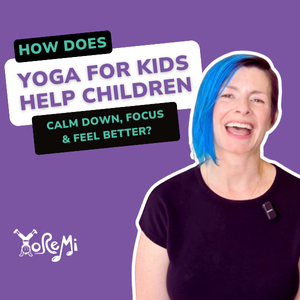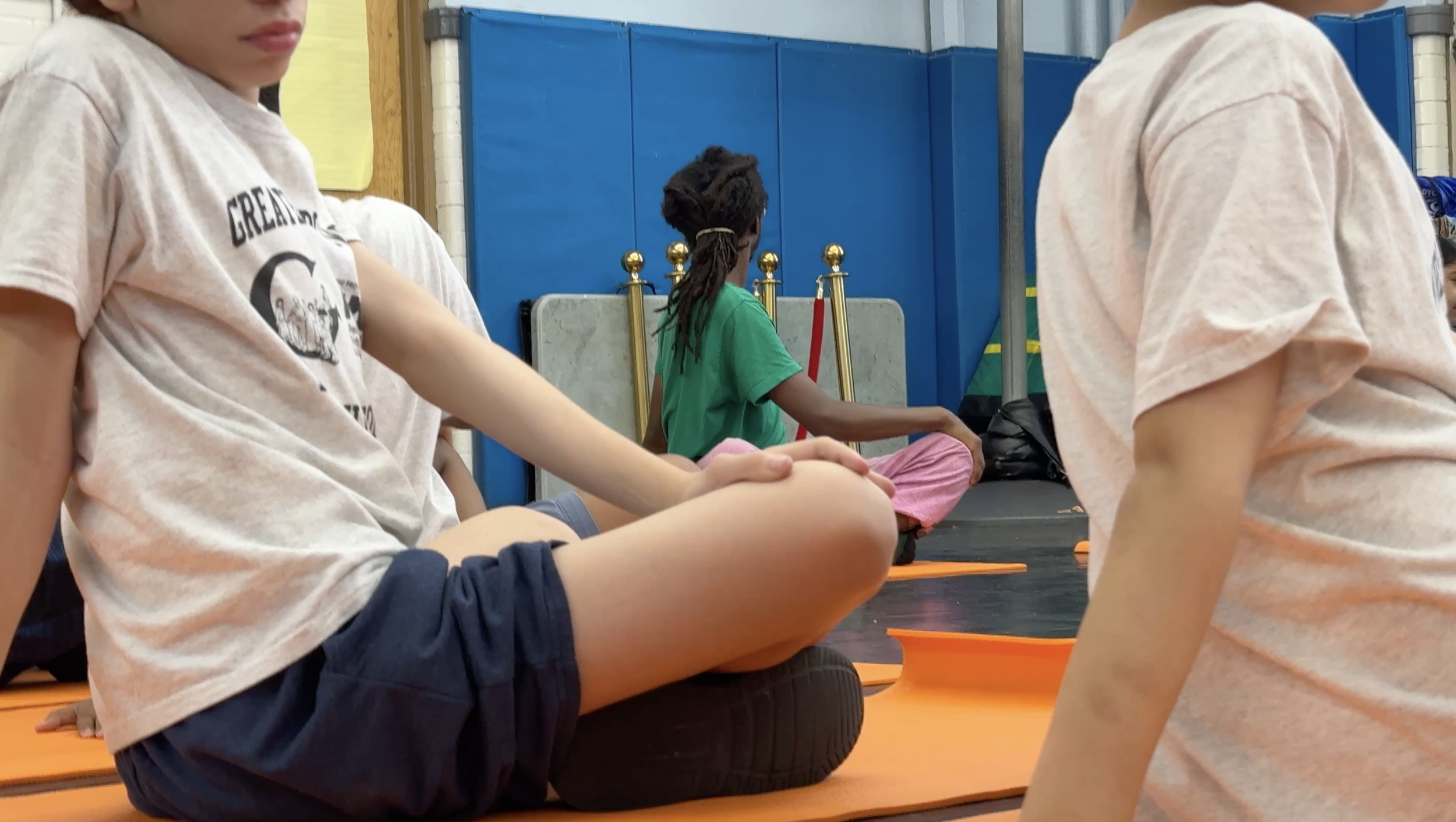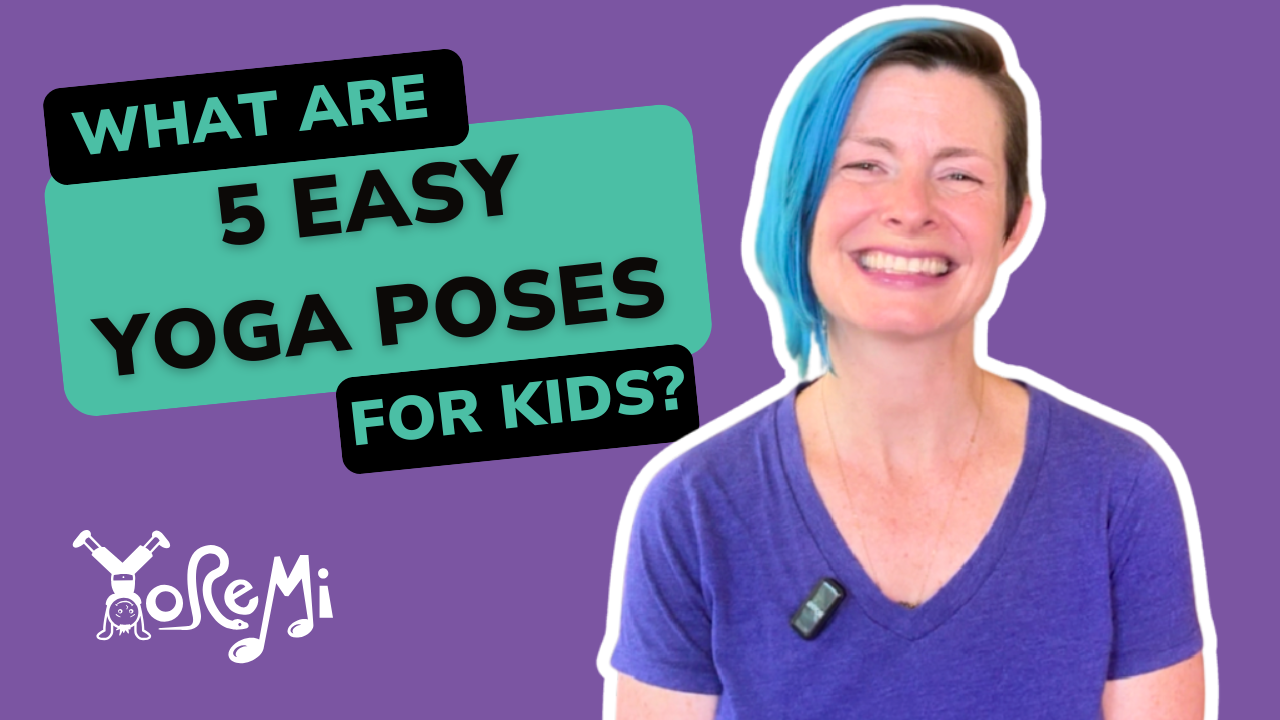10 Tips for Being an Effective Teacher Online
As schools and students across the country reach their one-year anniversary of virtual learning, teachers continue to search for new and innovative ways to support the thousands of children learning online.
According to the US Census Bureau Household Pulse Survey, 65% of households with children have reported the use of online learning during the pandemic.
Even once schools are back to full operational capacity, it seems like the virtual classroom is here to stay. Technology has been fully integrated into schools and homes and now it’s up to educators to deliver effective instruction in every environment.
Here are our top classroom-tested + teacher-approved tips for engaging students online
1. Prioritize Presence in Your Virtual Classroom
We all have a lot going on right now, kids and adults alike. Many teachers are engaging children in the virtual classroom while assisting our own children with online learning and also managing ever-increasing work and family obligations. Being pulled in opposing and equally important directions can leave us feeling scattered and ineffective.
However, we also know the purposeful presence of a classroom teacher is integral to student success. When an educator is able to model calm presence and mindfulness in the midst of chaos, it encourages children to do the same.
The first step is to cultivate presence by establishing our own personal mindfulness practice.
Conscious breathing exercises and body-based techniques like a brief body scan can help us come into the present moment and stay there, even when the storm rages around us.
While it may feel like adding one more thing to an already long list, mindfulness practice can fit easily into the busiest schedules.
Try This: 5 Deep Breaths
Just taking five deep breaths helps calm our nervous system, reduces stress and creates the energy and focus we need to accomplish all our other tasks.
Take deep breaths with a breathing ball or relax with a breathing buddy and help children experience how conscious breathing helps us shift our awareness into the present.
2. Set Up Your Virtual Space For Success
In this new virtual world, it can be tempting to show up in pajama bottoms or hide a messy desk on the other side of the screen. However, positive habits have an enormous impact on our health, productivity and happiness. Simple things like making your bed in the morning and dressing professionally have been shown to increase efficiency and confidence throughout the day.
In the same way we broke down how to set up classrooms for success, your remote teaching space should inspire both you and the children in your class.
Keep it clean, simple and uncluttered.
Eliminate any distractions, toys, snacks etc.
Your face should be prominent and well-lit. If there are windows in the room, face the camera away from them so your expressions don’t get lost in shadow. Ring lights are also a great help in dimly lit spaces.
Choose a quiet room and use earbuds or a microphone to ensure the best possible audio quality.
Create a nearby space to keep materials, props, chargers and other items organized and within easy reach.
Support proper posture by placing your camera and screen at eye level. Have a comfortable chair that allows you to sit straight with feet firmly planted on the floor.
If you will be leading exercise or yoga activities, ensure there is enough space behind you to step back into a full-body camera view. Occasionally changing the visual perspective can help keep both you and the children engaged.
Pro Tip: If you want to use fun virtual backgrounds, make sure to use a green screen so your image is solid and steady!
3. Establish Community Guidelines
Classroom agreements are a tried and true best practice for in-person learning. The virtual environment is no different. In fact, community agreements become even more important as students and teachers navigate new technology and the related challenges.
As always, students are more likely to uphold rules they have helped create. Encourage the children to develop class agreements by asking thoughtful, open-ended questions:
“What can we do to make our best learning happen here?”
“What will we do when our friend is sharing an idea? What will they do when we’re sharing?”
“What is one way we can signal that we have an idea without shouting or interrupting?”
Discuss procedures for muting and unmuting and then practice them often to ensure everyone has the opportunity to be successful. Decide whether your class will use the chat function and, if so, make sure you cover chat etiquette.
Play with non-verbal communication to have fun with the virtual space. Invite children to wiggle fingers to share an idea, use the “shaka” or “hang 10” sign to show agreement, a heart sign to show love or palms together for gratitude.
Try this: Group engagement activity
Incorporate some silly signs and sounds for fun in this song with Dan and then invite children to make up their own!
Make sure any guidelines are well-known, and apply them uniformly for all classes and students. Consistency is key - children succeed when they know both what is expected of them and what they can expect.
4. Use Routine and Repetition
When we are thrust into a new environment or challenged with learning a new skill, our nervous system has to work overtime. The brain uses tons of energy as it creates new neural pathways. At the same time, we might feel some discomfort or unease associated with change.
Over time, the neural pathways get stronger and the once unusual behavior becomes the new normal. Consider that children learning virtually are navigating maximum brain exertion as they adapt to new material in an unusual and often unpredictable environment.
Establishing a regular routine allows children to feel comfortable in the classroom environment, thereby conserving all of that brain energy for learning.
Prior to the COVID19 pandemic, more than two thirds of children reported at least 1 traumatic event by age 16. It is likely those numbers are now higher. In response to traumatic experiences, children often shift into a hyper-vigilant nervous system and have difficulty self-regulating. Creating predictable safe space, where students know what to expect, will allow children to feel at ease and more ready to learn.
Plan, plan and plan some more. Children can sense innately when a classroom lacks structure and it makes them feel insecure. The most effective teachers come prepared with a solid plan and then have the flexibility to allow children to take the lead. Improvisation is always fun when grounded in a solid foundation.
Share the schedule. For early learners, use a visible schedule with pictures and text that children can refer to throughout the day. Children will feel secure when they know what is coming next.
Create classroom routines that you can stick to throughout the whole year. How do children enter the virtual space? How will the class transition to various activities? What audio or visual cues can we use to punctuate various routines. Establish a signal to gather the group’s attention, using a call-and-response, clapping pattern or other auditory cue like a bell or chime.
Try This: Mindfulness Bell Activity
Introduce the children to a chime, singing bowl or other similar instrument.
Give each child an opportunity to describe what they notice and hear.
Explain that whenever we hear the chime, we will stop what we are doing and close our eyes. We take a deep breath in and out, observing how our body and breathing feels. Try it a few times and invite children to express how they feel and what they notice.
Practice the Mindfulness Bell and Relaxation activity below, either with the audio track or guided by the teacher.
Use the mindfulness bell throughout the day to gather attention as well as to settle and calm classroom volume and energy.
5. Create Lesson Plans that are Specific and Slow
The virtual learning space is fraught with distracting stimuli. Many children are learning in the same room where their siblings are logging on, parents are fielding conference calls and other family members are conducting their day-to-day tasks. Some children are Zoom-ing in from daycare centers or learning pods with multiple students in one room.
On-screen distractions like seeing friends in gallery view, along with the enticing technological diversions of chat, emojis, and hand raising make focus and concentration a limited resource, if not impossible for many students.
Teachers may be tempted to heap loads of slides, links, and articles into a lesson to encourage engagement but that strategy might have the opposite effect entirely. Instead, keep lessons simple, short and stimulating while giving direction slowly and succinctly. Less is more!
6. Make Virtual Classroom Activities Interactive
Rather than increasing content, the best way to keep kids engaged is to get them involved. Ask open-ended questions, conduct polls and make it your mission to provide prompt and consistent feedback. Use fact-based observations to help children recognize and evaluate their efforts, build intrinsic motivation and create a growth mindset.
When possible, invite students to practice leadership and teamwork by teaching their new skills to their peers.
For example, I might start the year teaching breathing exercises but, once the children are comfortable, I nominate a “breath leader” to facilitate our centering each morning.
Children integrate and solidify the learning when they have the opportunity to teach others what they know.
7. Create Connection and Belonging
We are inherently social beings and connection is a core human need. We all desire to feel seen and heard, maybe now more than ever.
Connection also impacts our health. It can:
lower anxiety and depression
help us regulate our emotions
lead to higher self-esteem and empathy
improve our immune systems
While this pandemic has disrupted many of the traditional ways we come together in community, the virtual classroom provides an opportunity to deepen connection through technology. Invite students to share ideas, thoughts and feelings throughout the lessons.
When children have sense of belonging, it creates security, safety, and overall well-being which then opens up space for creativity, risk-taking, learning and play.
Use the chat function, breakout rooms, partner work and small group assignments to increase engagement and foster supportive relationships among students.
Use mindful icebreakers to quickly create trust and community even in the virtual space.
Try this: Deep Breath In song
Try taking a “Deep Breath In” together with Rachel and then invite students to make up their own movement or sounds to expand the song!
8. Take a Screen Break (for Focus, Energizing, and Eye Health)
Students and teachers will need to have several breaks throughout the virtual school day in order to stay engaged and productive. The length and frequency will depend on age, the difficulty of that day’s lessons, the learning environment, time of the day and more.
Movement breaks allow children who are full of energy to shake out the sillies and concentrate. Students experiencing Zoom fatigue, sleepiness or trouble concentrating also benefit. Make sure movement breaks are fun, accessible and full body!
Pro Tip: Pair gross motor movements with breathing exercises for maximum benefit.
Combat digital eye strain by encouraging children to look away from the screen throughout the day.
Experts recommend the 20-20-20 rule: Every 20 minutes of screen time, look at something at least 20 feet away for 20 seconds.
Combine this with yoga exercises for eye health and children will be more prepared for learning.
TRY THIS: EYE PALMING
Rub your hands together briskly, until you feel a good amount of heat between your palms
Close your eyes and cup your palms over the eyes, eliminating light without pressing into the eye sockets or cheekbones.
Visualize blackness which is a relaxing color for the brain
Breathe deeply and slowly
You might see lights or colors - that is an indication of irritation in the optic nerve
Stay as long as feels comfortable, resting elbows on a table for support for longer practice
9. Let Go of “Perfect”
No matter how much we plan or how prepared we are, we know things will go wrong. As teachers, parents and students navigate this new virtual space, there are bound to be technical issues, challenges and miscommunications.
These inevitable difficulties provide a great opportunity to practice mindfulness, empathy and self-compassion.
It’s pretty easy to be calm and collected when things are going smoothly. We practice mindfulness to find peace and equanimity in every situation. Observing what is, without judgement, helps us create acceptance and a wider perspective. When we aren’t hampered by our own dashed expectations, we become open to realizing the opportunity in what is happening in the present.
What would it mean to assume everyone, including ourselves, is just doing the best we can? When we start from there, compassion and self-love become infused into all we do and we model for our students how to love each other and themselves.
10. Rest and Reflect
Teaching online is exhausting. It seems counter intuitive because we are moving our bodies less. There’s no commute, we sit at our computer for hours at a time, and there’s no need to walk the halls or take the stairs to transition between classrooms or activities.
So why are we so tired?
First, our brains are working overtime to navigate new technology and quickly solve the accompanying problems. But what is even more taxing is trying to create connection and communication through technology.
When we communicate in person, our feelings are conveyed through non-verbal signals such as facial expressions, vocal tone and pitch, gestures, posture, and even the physical distance between our bodies.
Our brain processes this information automatically and subconsciously, allowing us to give our primary attention to the speaker and the information being shared.
However, on video chat, we have to work much harder to process these cues, or even notice them at all. We can’t actually look at someone speaking and look at the camera at the same time so we aren’t able to make eye contact with one another.
We are not built to communicate this way and trying to do so consumes a ton of energy.
Increased screen time necessitates increased rest time but many of us are working more now than ever. When we finally stop to rest, we might find our mind anxiously spinning with worries and to-do lists. Practicing guided relaxation helps calm the nervous system and quiet the mind, allowing us to rest and restore.
Bringing relaxation practices into the virtual classroom has positive impacts on both students and teachers. After practicing relaxation, write down at least three things you are grateful for and encourage students to do the same. When life feels overwhelming, cultivating feelings of gratitude helps shift us into a more positive outlook.
When we practice mindfulness and create acceptance of our current situation, we make room for possibility. From this calm and centered perspective, we are able to foster a learning environment that allows children to do the same.
Save this article for later and don’t forget to download the Yo Re Mi app for ad-free kids musical yoga and mindfulness videos.
















